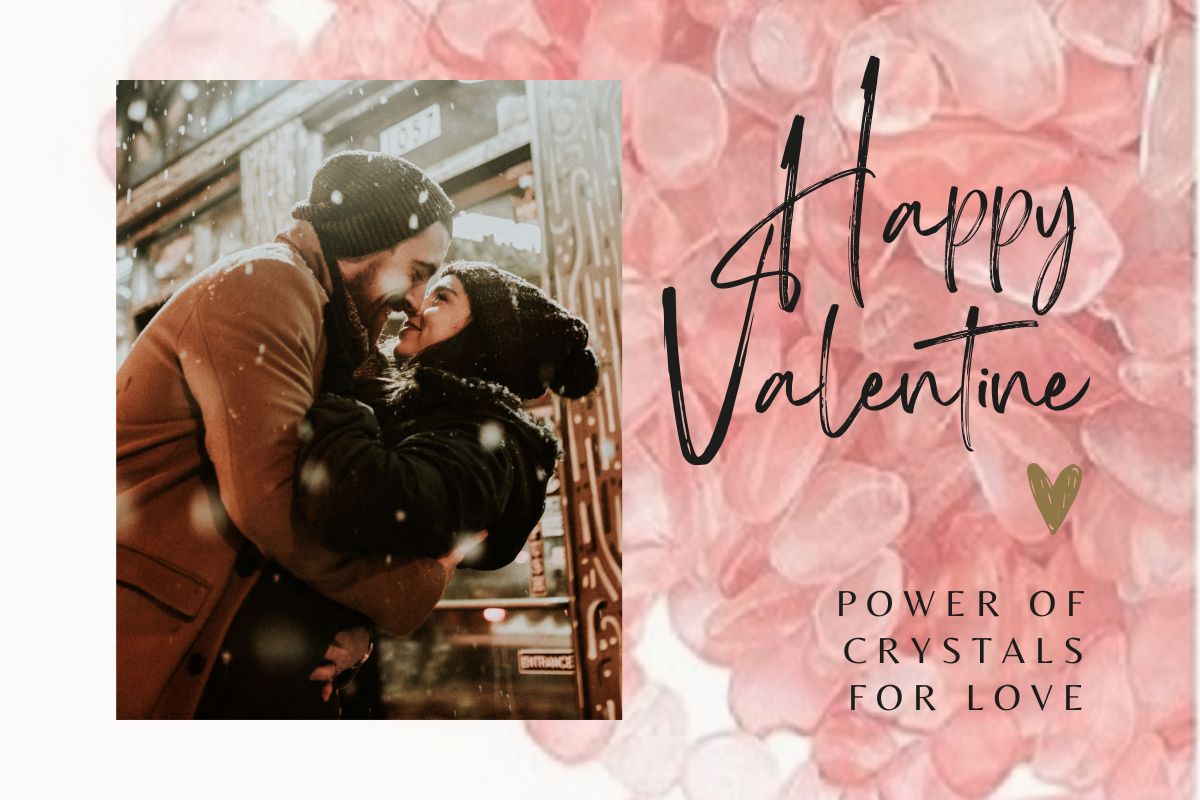There is a good risk that pink calcite will be mistaken for rose quartz and conversely if you don’t know the apparent distinction between the two minerals. However, you’re not alone if you’re having difficulty telling the distinction between pink calcite vs. rose quartz because of how similar they look.
Two fascinating stones, pink calcite and rose quartz feature gentle, relaxing pink tones but have unique characteristics. Crystals that look this much like one another in hue may be assumed to be the same type of stone.
Minerals like pink calcite and rose quartz can be discovered in rocks worldwide. But there are considerable physical and chemical differences between these two minerals.
While calcite and quartz are both see-through and translucent, cryptocrystalline is intermediate in transparency and opaqueness. Quartz, in contrast, has a glassy to vitreous sheen, whereas calcite can range from resinous to dull.
Table of Contents
What Is Pink Calcite?
Pink calcite is also found in practically any place, with the greatest quality specimens arriving from Mexico. Mexican pink calcite is one of the most delicate pink gemstones ever seen: you’ll be fooled into thinking it’s entirely ordinary.
Like many of our favored gemstones, pink calcite generates a stunning pink when exposed to ultraviolet light and is highly searched for thanks to its luminous qualities. Microscopic manganese flecks range the pink tone from pale white-pink to a deep, nearly purplish color.
This gemstone will enhance the energy transmission from the crown chakra toward the heart chakra. It will also assist counselors and soothsayers in establishing a solid and psychic connect with a person, permitting pink calcite’s healing impulses to go to the precise place in the person’s body.
Read more: Calcite Meaning, Healing Properties, Benefits, and Uses
Pink Calcite: Meaning And Healing Properties
Pink calcite may purify and enhance the energies in your environment. So if you require a keen remembrance to retain crucial knowledge, this is the gem for you.
Pink calcite can cleanse and balance the meridian system, while also elevating and energizing the soul. Aside from being able to absorb positive energy, it can also dissipate and even transform bad ones. This crystal promotes perception, promotes mental health, and fosters a positive perspective on things.
Pink calcite can aid in the treatment of physiological pain and suffering. In addition, it can maintain the body from absorbing required nutrients and is recognized for its positive effects on heart health, including decreasing cholesterol levels.
What Is Rose Quartz?

Rose quartz may have been used as early as 7,000 B.C. Rose quartz masks have been said to have been used by Egyptian and Roman ladies to improve skin tone and delay the onset of wrinkles. Rose quartz has many modern applications, including but not limited to jewelry, meditation, and interior design.
The color pink is associated with kindness, peace, femininity, empathy, and love. Its soothing vibe strengthens bonds and reignites romance, ushering in happiness, love, and fulfillment. It calms the body and mind with its delicate beauty and restful hue.
Rose quartz was associated with beauty in Roman and Egyptian culture: anti-aging claims were made for its usage in face masks and other cosmetics. However, Americans use crystals to find inner calm and harmony—for them, a rose quartz crystal represents the potential for change and improvement in their lives.
Rose Quartz: Meaning And Healing Properties
Rose quartz’s emotional healing qualities are milder than those of other gemstones. To help you let go of painful feelings you’ve been holding onto for a long time, it can send forth vibrations that range from soft to powerful.
A rose quartz is a stone to be shared among loved ones. The healing energy it bestows is channeled deep within the heart, where it may do the most good in promoting a spirit of empathy and caring for those near and dear.
The positive energy of a rose quartz crystal can help you start a new pastime, get in shape, strengthen your relationships, and even open doors to other places in the globe. Thinking differently will allow you to become whoever you want to be and to enjoy the successes you’ve been striving for.
Read more: What is Rose Quartz Used For and its Healing Properties?
How To Tell The Difference Between Rose Quartz And Pink Calcite?

Some lovely and soft pink stones include pink calcite and rose quartz. They may look similar because of their shared pink color, but these stones are quite different.
Composition
Pinacoid, scalenohedron, rhombohedron, and hexagonal calcite crystals are all available. Trigonal and pseudo-hexagonal crystal structures predominate in calcite minerals. Massive forms of quartz include botryoidal, stalactitic, and rounded shapes, all of which are hexagonal prisms.
Despite their similar names, pink calcite and rose quartz are very different minerals. Rose quartz represents the quartz family of minerals, while pink calcite is a member of the calcite family.
If you’re looking for a crystalline mineral, calcite is one of the most frequent. It’s a mineral variety of the chemical compound calcium carbonate, which also takes the form of aragonite as well as dolomite.
Compared to other quartz crystals and even some variations, such as citrine and amethyst, rose quartz stands out as extremely unique. In particular, the common hexagonal crystals with just a pyramidal ending are quite rare.
Appearance
From a distance, it’s easy to confuse pink calcite and rose quartz for one another. If we compare the stones side by side and examine them more closely, though, we will see that there are some discernible differences.
When held next to rose quartz, pink calcite seems less pink. Even while the pink in rose quartz is more subdued and pastel than the pink in pink calcite, it still has more pigmentation.
In comparison to rose quartz, pink calcite is milky and hazy in appearance. And unlike the bands and patterns seen in pink calcite, the white lines observed in rose quartz run in all sorts of various directions in this stone.
Hardness
Scientists rely heavily on the hardness of minerals to identify them positively: to compare the hardness of the two, try scratching one sample with a sample of the other. For example, if you scratch a piece of rose quartz with another piece of rose quartz, the quartz will not be scratched, but the pink calcite will.
These two minerals can also be tested for hardness using a pocket knife. The knife’s edge is hard in the middle of pink calcite and rose quartz. Pink calcite crystals are scratchable by the knife, although rose quartz is not.
Value
Because it is so widely available, pink calcite is not particularly valuable because of its rarity. Yet, due to its perfect cleavage in all three dimensions, this pink gemstone is one of the most challenging to cut of all minerals.
One of the most expensive varieties of quartz rose quartz may fetch upwards of $100 per carat for high-quality stones. In contrast, uncommon, high-quality rose quartz can fetch more than $1,000 per carat.

More articles about Gemstone you may like:
Pink Crystals List: Names, Meaning, Healing, and Uses
Rhodochrosite vs. Rhodonite vs. Rhodolite – What’re Differences?
Jade Vs. Aventurine: What’s The Difference?
Sodalite Vs. Lapis Lazuli: What’s The Difference
Labradorite Vs. Moonstone – What’s The Difference?
The Ultimate Guide to Use Healing Crystals for Beginners
Which Hand to Wear Your Crystal Bracelet?
What Crystals Work Well Together? 16 Crystal Combinations Ideas for Different Intentions



